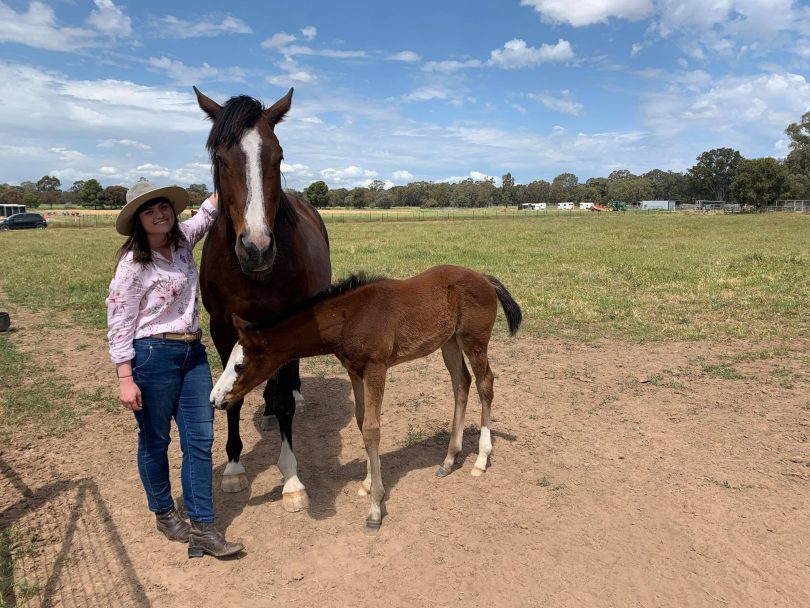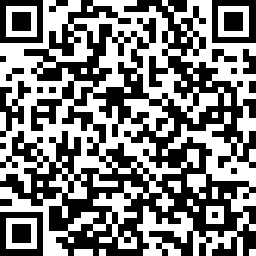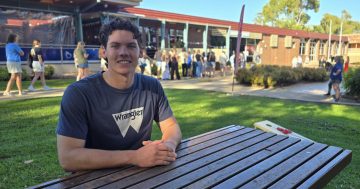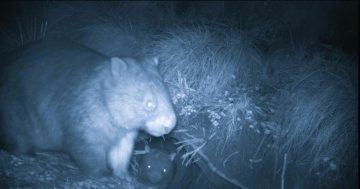
Charles Sturt University Wagga Wagga research student Claudia Macleay with Matches, and her yet-to-be named foal. Photo: Supplied.
A Charles Sturt University Wagga Wagga researcher seeks participants for a survey to understand trends associated with mid-to-late-term equine pregnancy loss in Australian mares.
Master of Philosophy research student at Charles Sturt University’s School of Agricultural, Environmental and Veterinary Sciences, Claudia Macleay, is conducting the research due to the current lack of information on when and where equine pregnancy loss is occurring.
The survey will investigate the current knowledge, attitudes and practices of Australian horse breeders in relation to equine pregnancy loss.
The second part of the survey will capture information on the Australian mare population, including the number of mares that experience pregnancy loss.
Ms Macleay said there is lots of information available on the causes of equine pregnancy loss, however the finer details around these circumstances need to be explored.
“Breeding a mare involves lots of time, effort and money,” she said.
“In addition to the economic fallout with equine pregnancy loss, horse breeders are at risk of catching zoonotic bacterial diseases from equine aborted material or stillborn foals so there is also a human risk involved.”
Ms Macleay said the research will identify any clusters of equine pregnancy loss that require further investigation.
“The goal of breeding a mare is to produce a healthy foal, which is why equine pregnancy loss is so frustrating,” she said.
“The data we collect in the survey will allow us to explore the risk factors involved in equine pregnancy loss because when we know the risk factors we can help breeders and those considering horse breeding to create plans and strategies to reduce pregnancy loss with their mares.
“One day, this research may also be used to create an automatic disease surveillance system, similar to the ones used in the United Kingdom and United States.”
Ms Macleay encouraged all current, past and future horse breeders to participate in the research.
She said the online survey would take approximately 15-20 minutes to complete and is completely anonymous.
It will present a series of multiple-choice and short-answer questions, and the opportunity for participants to share their insights.
The survey is now open, and it closes on 10 December, 2021. Participants can access the survey here, or by scanning the QR code below.












